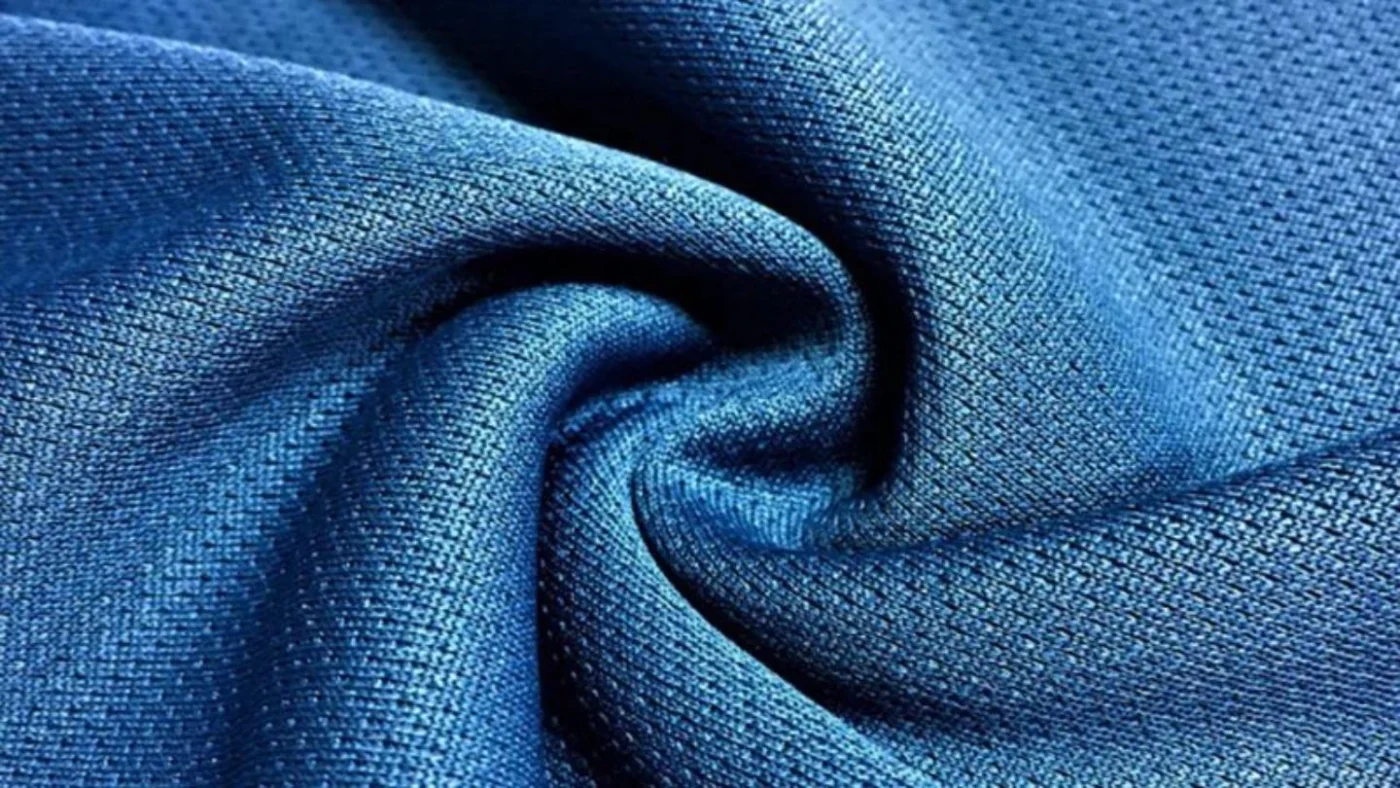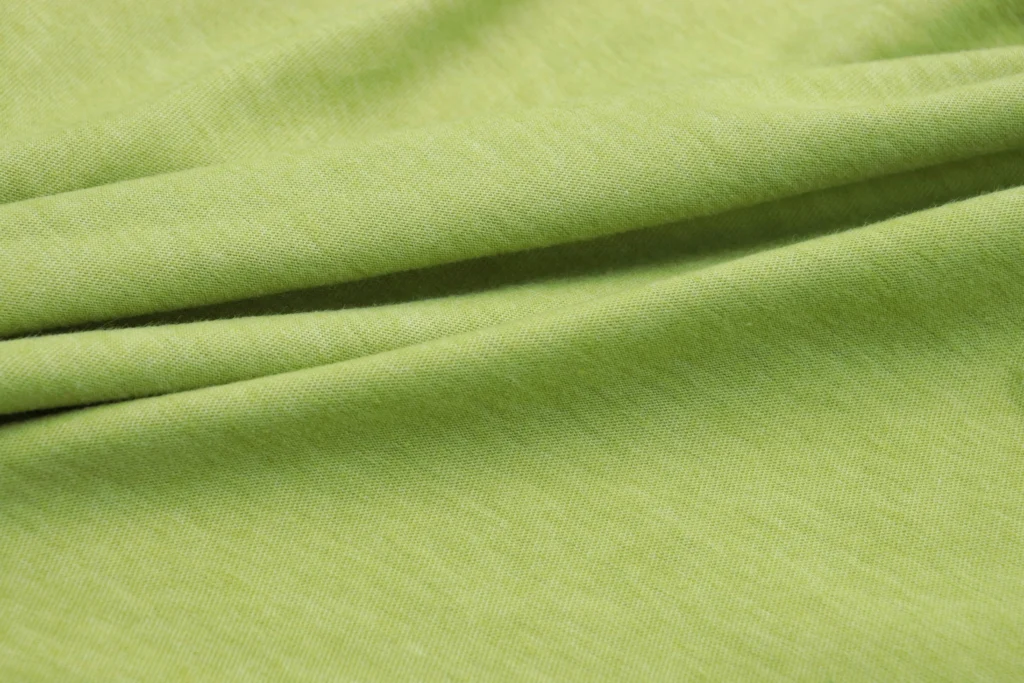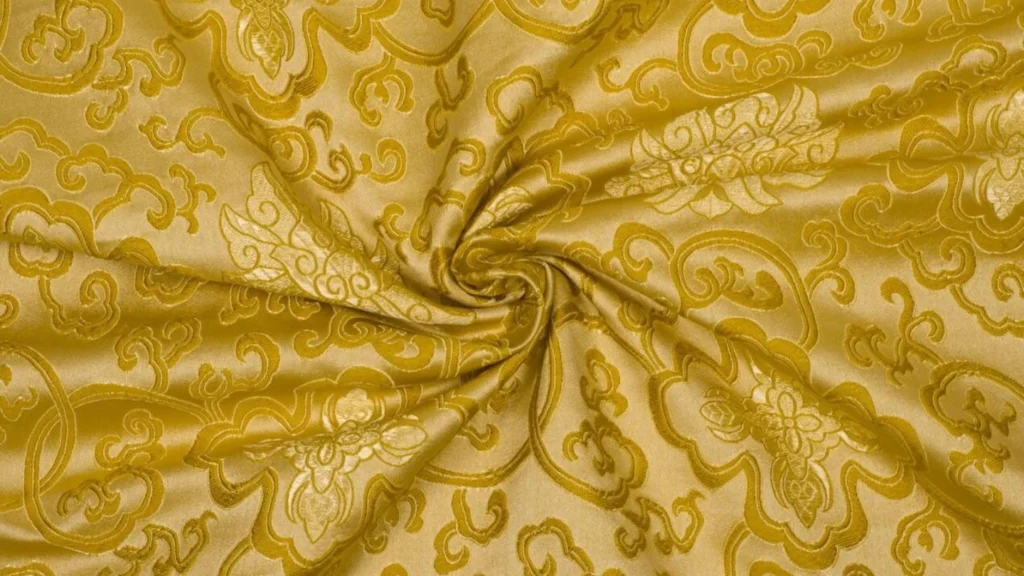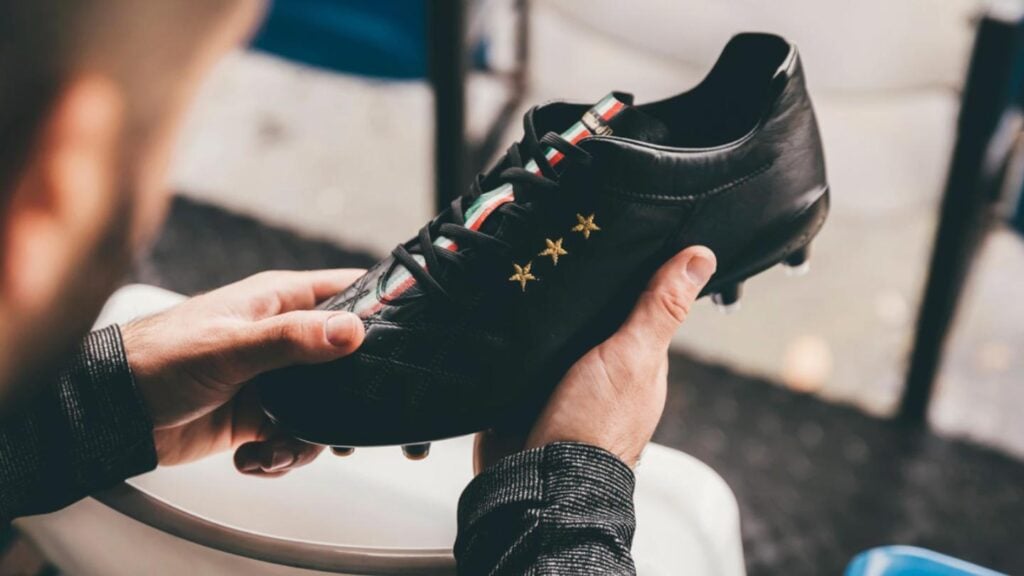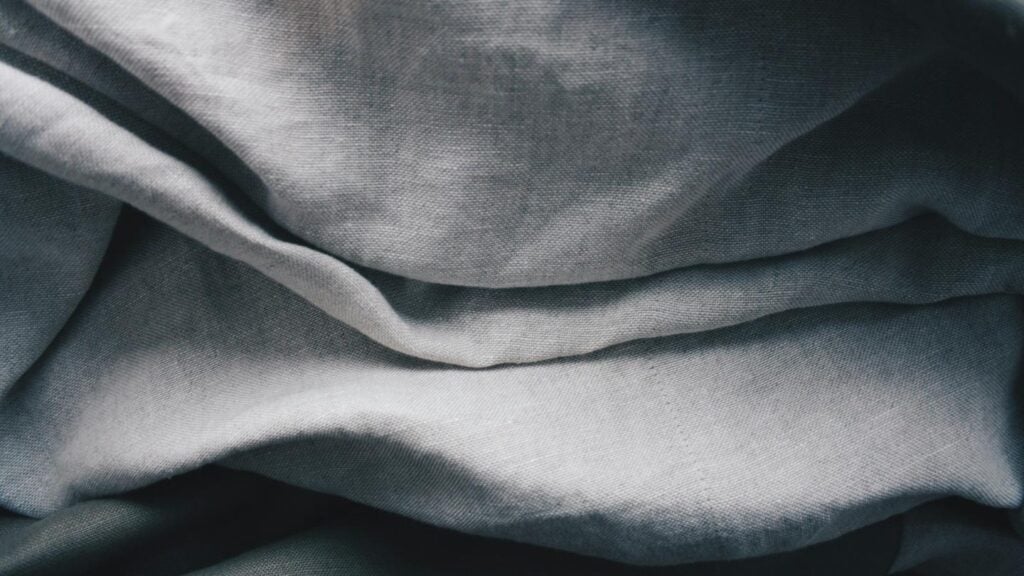2 – Coolmax Fabric Composition
3 – Coolmax Fabric vs Other Fabrics
4 – How Coolmax Fabric Is Manufactured
5 – Common Uses in Fashion
6 – Understanding the Environmental Impact of Coolmax Fabric
7 – Exploring Price Points and Value for Money
8 – Conclusion
9 – FAQs
What is Coolmax Fabric?
Coolmax fabric is a high-performance, moisture-wicking textile designed to keep the body cool and dry during physical activity. Developed by Invista (formerly DuPont) in the late 1980s, Coolmax fabric is made from specially engineered polyester fibers that are designed to pull moisture away from the skin and evaporate it into the air, ensuring the wearer stays dry and comfortable, even during intense activities. What makes Coolmax fabric stand out is its unique ability to not only wick away moisture but also allow the body to breathe, preventing the uncomfortable feeling of dampness that can result from sweating.

Key Features of Coolmax Fabric:
- Moisture-Wicking: The fabric’s fibers are engineered to draw moisture away from the skin, preventing chafing and keeping the body dry.
- Breathability: Coolmax fabric allows air to circulate, providing cooling effects even during strenuous physical activity.
- Quick-Drying: Thanks to its moisture-wicking properties, Coolmax fabric dries quickly, making it ideal for activewear and sportswear.
Coolmax fabric is used extensively in athletic apparel, performance wear, and activewear, providing athletes and outdoor enthusiasts with the comfort they need for high-exertion activities. Its combination of breathability, moisture control, and lightweight feel makes it a top choice for running, cycling, and hiking gear. Additionally, it is a popular fabric in underwear and bedding, offering comfort and cooling benefits throughout the day or night.
Coolmax Fabric Composition
The performance of Coolmax fabric lies in its unique composition, which is specifically designed to optimize moisture management and breathability. Unlike traditional fabrics, Coolmax fabric is made from polyester fibers that have been engineered to enhance the fabric’s moisture-wicking abilities. These fibers are designed to pull moisture away from the skin and move it to the fabric’s surface, where it can evaporate quickly. This ability makes Coolmax fabric a popular choice for activewear, sportswear, and other garments that need to perform well in dynamic conditions.
Key Components of Coolmax Fabric:
- Polyester Fibers
Coolmax fabric is primarily made of polyester, a synthetic fiber known for its durability, lightweight nature, and ability to wick moisture. Polyester is hydrophobic, meaning it repels water, and the structure of Coolmax polyester fibers is engineered to maximize moisture transport from the skin to the fabric’s surface. - Multi-Channel Fiber Technology
Coolmax fabric utilizes multi-channel fibers, which are designed with channels that create more surface area for moisture to move across. This unique structure enables the fabric to wick moisture more efficiently, spreading it evenly across the surface to speed up the drying process. - Microfiber Structure
The individual fibers of Coolmax fabric are very fine, almost like microfibers, which helps the fabric to dry faster and breathe better than traditional materials. This microstructure enhances the fabric’s ability to manage both moisture and heat, keeping the wearer comfortable in various conditions. - Dyeing and Finish
While Coolmax fabric is inherently breathable and moisture-wicking, it can be treated with additional finishing techniques to enhance its properties. Antibacterial treatments, UV protection, and water-resistant coatings can be applied to improve the fabric’s performance for specific uses, such as athletic wear or outdoor clothing.
How Composition Affects Performance:
- Moisture-Wicking: The polyester fibers and multi-channel design work together to pull moisture away from the body and allow it to evaporate, keeping the wearer dry.
- Breathability: The fine fibers and microfiber structure allow for better airflow, which helps regulate temperature and maintain comfort during high-intensity activities.
- Durability: Polyester ensures that Coolmax fabric remains strong, abrasion-resistant, and long-lasting, even after frequent use and washing.
The composition of Coolmax fabric makes it a top choice for those seeking high-performance apparel that combines comfort with advanced moisture management.
Coolmax Fabric vs Other Fabrics
Coolmax fabric is a specialized textile known for its moisture-wicking, breathable, and quick-drying properties. However, it is often compared to other fabrics like cotton, nylon, and Gore-Tex, which also serve similar functions in activewear and sportswear. Here’s how Coolmax fabric stacks up against some common alternatives:
Coolmax Fabric vs Cotton
- Cotton: Cotton is a natural fiber that is soft, breathable, and widely used in clothing. However, cotton absorbs moisture and retains it, which can leave the wearer feeling damp and uncomfortable during intense physical activity.
- Coolmax Fabric: Coolmax fabric is specifically designed to wick moisture away from the skin, transferring it to the surface of the fabric where it evaporates. Unlike cotton, Coolmax keeps the body dry and comfortable during high-intensity activities.
- Key Difference: While cotton feels comfortable, it absorbs sweat and retains moisture, making it less ideal for sportswear. Coolmax fabric, on the other hand, excels in moisture management and drying speed.
Coolmax Fabric vs Nylon
- Nylon: Nylon is a synthetic fiber known for its strength and lightweight properties. It is used in many activewear garments due to its durability and quick-drying characteristics. However, nylon does not have the same level of breathability or moisture-wicking properties as Coolmax fabric.
- Coolmax Fabric: In addition to being lightweight and quick-drying, Coolmax fabric has superior moisture-wicking capabilities. Its unique multi-channel fibers allow sweat to evaporate quickly, maintaining comfort during physical exertion.
- Key Difference: Nylon is durable but lacks the moisture-wicking and breathable properties that make Coolmax fabric ideal for high-performance activewear.
Coolmax Fabric vs Gore-Tex
- Gore-Tex: Gore-Tex is a well-known waterproof and breathable fabric primarily used in outerwear and outdoor gear. It is designed to block water while allowing moisture vapor to escape, making it a popular choice for rain jackets and mountaineering clothing.
- Coolmax Fabric: While Gore-Tex focuses on waterproofing and windproofing, Coolmax fabric excels in moisture-wicking and breathability. Coolmax is not waterproof but is ideal for activities where moisture control and ventilation are key.
- Key Difference: Gore-Tex is suited for waterproof outerwear, while Coolmax fabric is best for activewear and sports clothing where moisture management and breathability are more important.
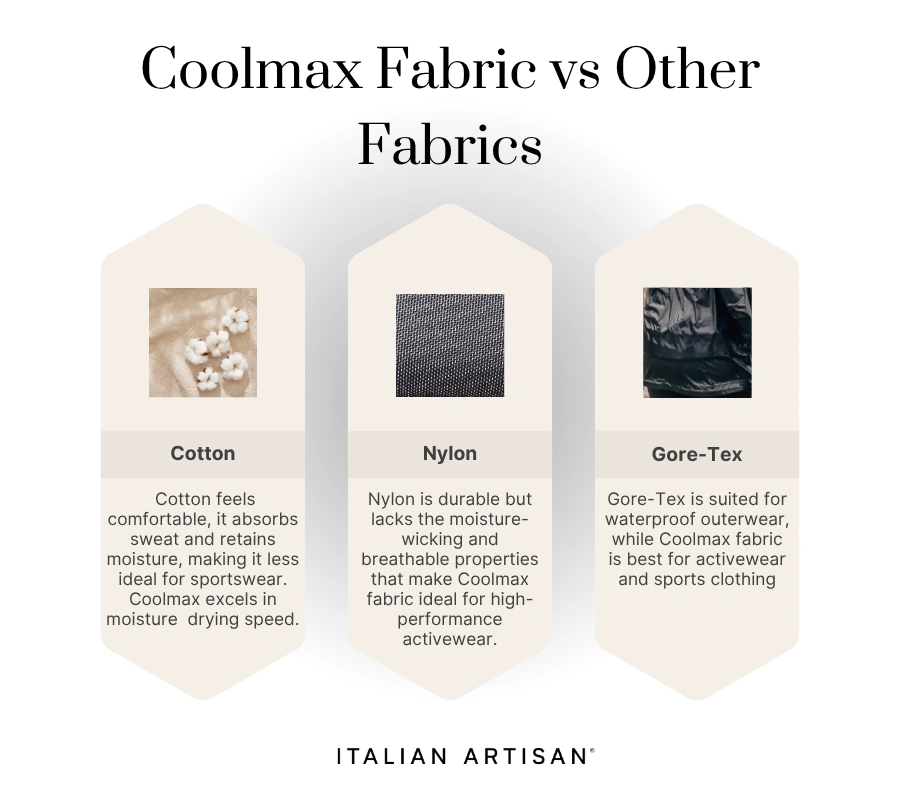
How Coolmax Fabric Is Manufactured
The manufacturing process of Coolmax fabric involves advanced textile technologies that are specifically designed to maximize moisture management, breathability, and comfort. The key to Coolmax fabric’s performance lies in the structure of its fibers, which are engineered to transport moisture away from the skin and speed up evaporation. Here’s a closer look at how Coolmax fabric is made:
Key Steps in Manufacturing Coolmax Fabric:
- Fiber Creation
The first step in creating Coolmax fabric is the production of its specialized polyester fibers. These fibers are made using multi-channel technology, where the fibers are shaped with multiple internal channels. These channels allow the fibers to draw moisture away from the skin more effectively and provide increased surface area for moisture evaporation. - Weaving or Knitting the Fabric
Once the fibers are created, they are woven or knitted into fabric. Coolmax fabric is often made from a blend of fibers, with the polyester Coolmax fibers forming the core, while other materials may be added for durability, texture, and additional comfort. The knitting or weaving process ensures the fabric remains lightweight and flexible, ideal for activewear and performance garments. - Dyeing and Finishing
After the fabric is woven, it undergoes a dyeing process to give it color. Coolmax fabric is also finished with treatments to enhance its moisture-wicking capabilities. Some finishes may include anti-microbial treatments to reduce odor and UV protection for added sun defense. - Lamination (If Applicable)
In some cases, Coolmax fabric may undergo lamination, where a waterproof or weather-resistant layer is bonded to the fabric. This is common for sportswear or outerwear garments that need to be both breathable and water-resistant. - Quality Control
Once the fabric is finished, it undergoes rigorous quality control tests to ensure it meets the necessary moisture-wicking and breathability standards. The fabric is tested for durability, color fastness, and its ability to maintain its properties after washing.

How the Manufacturing Process Affects Performance:
- Moisture Management: The multi-channel polyester fibers in Coolmax fabric are key to its ability to quickly pull moisture away from the body and speed up evaporation, keeping the wearer dry and comfortable.
- Breathability: The knitted or woven structure of the fabric allows for optimal airflow, helping to regulate temperature during high-exertion activities.
- Durability: The polyester fibers and finishing treatments ensure Coolmax fabric remains durable and retains its performance properties after prolonged use and washing.
The manufacturing process behind Coolmax fabric combines innovative technology and traditional textile techniques to create a fabric that provides superior moisture-wicking and breathability, making it ideal for activewear and sports clothing.
Produce your fashion collection with us
Common Uses in Fashion
Coolmax fabric is widely used in sportswear and activewear due to its moisture-wicking and breathable properties, making it ideal for activities like running, cycling, and gym wear. The fabric also excels in base layers for outdoor activities such as hiking and skiing, where moisture control is essential.
Key Uses:
- Sportswear: Moisture-wicking fabric that keeps athletes dry during high-intensity activities.
- Base Layers: Essential for outdoor sports, providing comfort by pulling sweat away from the skin.
- Underwear: Keeps the skin dry and prevents chafing, making it ideal for underwear and socks.
- Outdoor Gear: Used in jackets, gloves, and hats for breathability and comfort in changing weather.
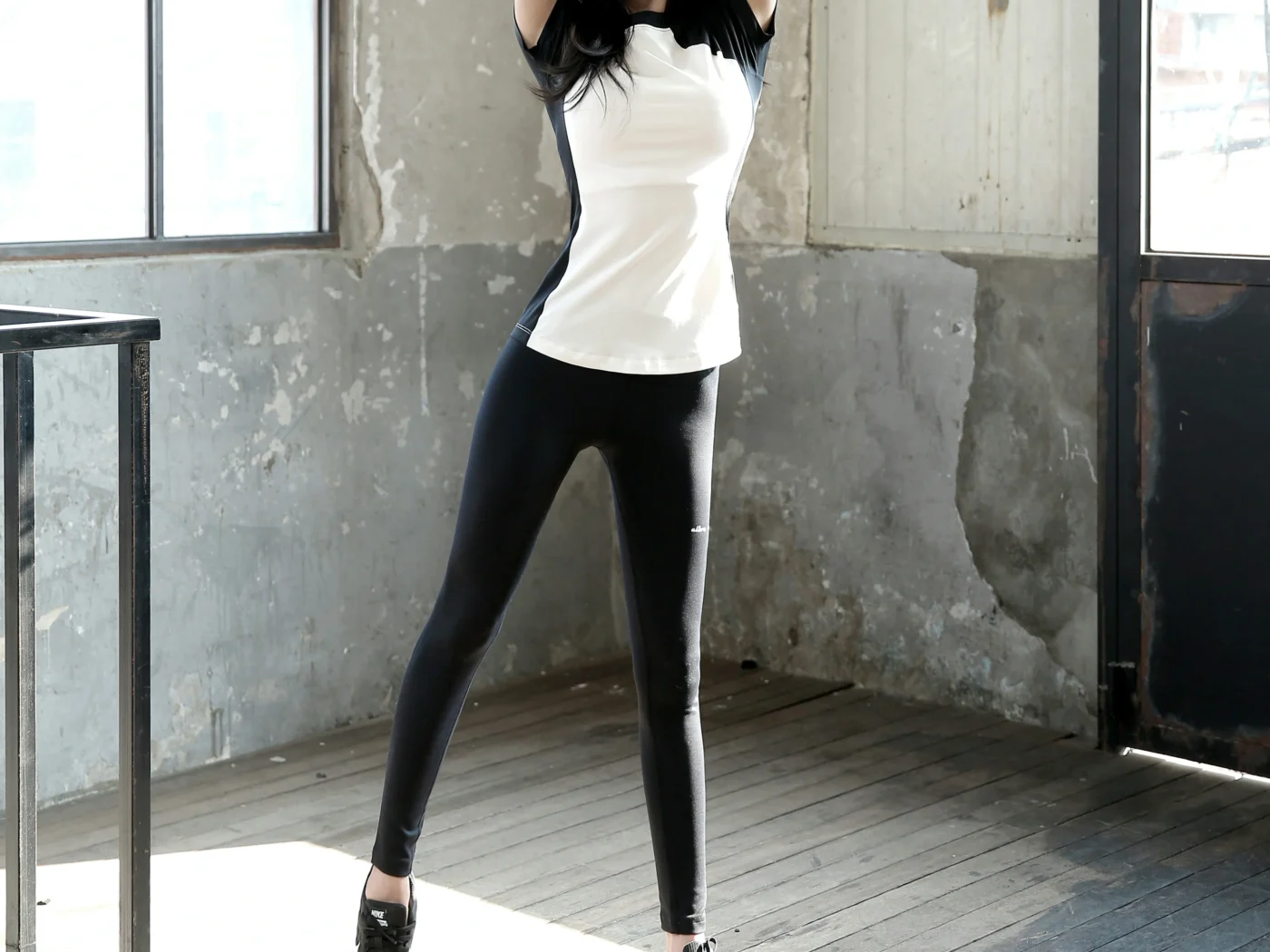
Coolmax fabric is also used in fashion accessories like scarves and bags, offering both comfort and durability. Its ability to keep the wearer dry and comfortable makes it a go-to fabric for performance gear.
Understanding the Environmental Impact of Coolmax Fabric
While Coolmax fabric offers exceptional performance, it’s important to consider its environmental impact, especially regarding its use of synthetic fibers like polyester.
Key Environmental Considerations:
- Synthetic Fibers: Coolmax fabric is primarily made from polyester, which is derived from petroleum and is non-biodegradable, contributing to plastic pollution.
- Energy Consumption: The manufacturing process of Coolmax fabric, including fiber production and textile finishing, requires significant energy. However, advancements in sustainable production are helping reduce its carbon footprint.
Sustainable Alternatives and Solutions:
- Recycled Polyester: Some manufacturers use recycled polyester in Coolmax fabric, reducing the reliance on virgin petroleum-based materials and lowering environmental impact.
- Waterless Dyeing: Waterless dyeing technologies are being adopted to reduce the significant water usage associated with fabric dyeing.
- Eco-Friendly Practices: The industry is pushing towards more sustainable production processes, including lower energy consumption and eco-friendly finishes.
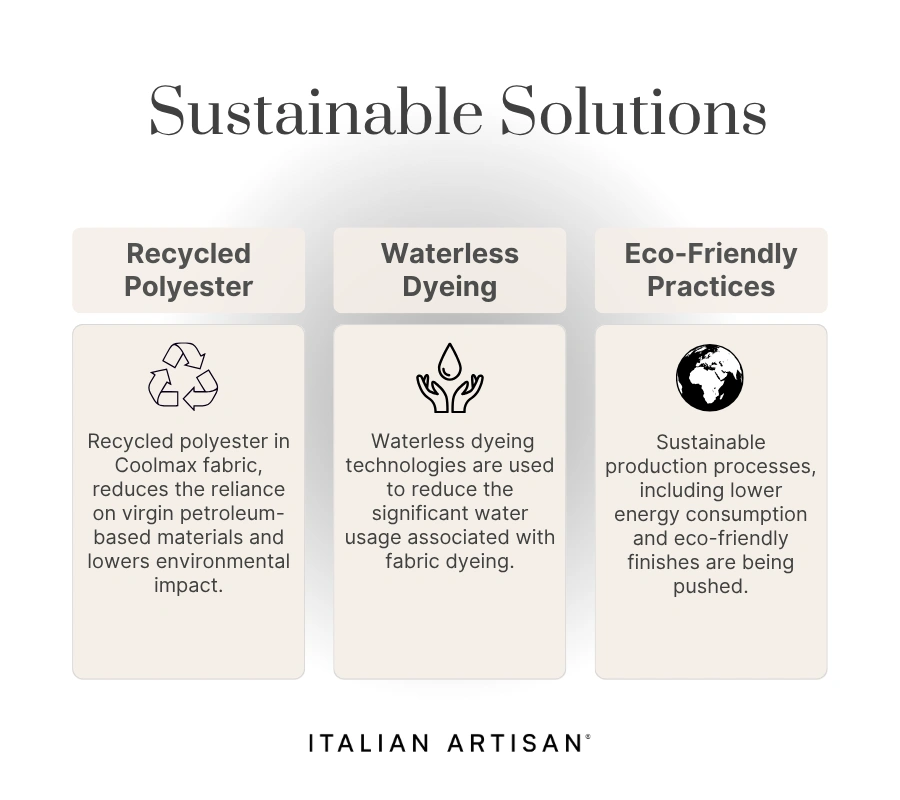
Exploring Price Points and Value for Money
Coolmax fabric is typically priced higher than regular fabrics due to its advanced performance properties. However, its cost varies depending on factors like fiber composition, brand reputation, and the type of garment.
Key Price Factors:
- Material: Coolmax fabric made from recycled polyester or natural fibers tends to cost more due to the sustainable production methods involved.
- Performance Features: Fabrics treated with anti-microbial or UV-protective coatings may increase the price, as these add additional functional benefits.
- Brand and Application: High-end sportswear or luxury activewear brands using Coolmax fabric may increase the overall price of the finished garment due to branding and design.
Value for Money:
- Durability and Performance: While Coolmax fabric may have a higher upfront cost compared to traditional fabrics, its moisture-wicking and breathability properties make it an excellent investment for those requiring high-performance gear.
- Long-Term Comfort: Its ability to keep the wearer dry, comfortable, and odor-free ensures long-term comfort, especially for athletes or those engaging in high-intensity activities.
- Versatility: The fabric’s versatility makes it worth the investment, as it is used in a variety of applications, from activewear to underwear.
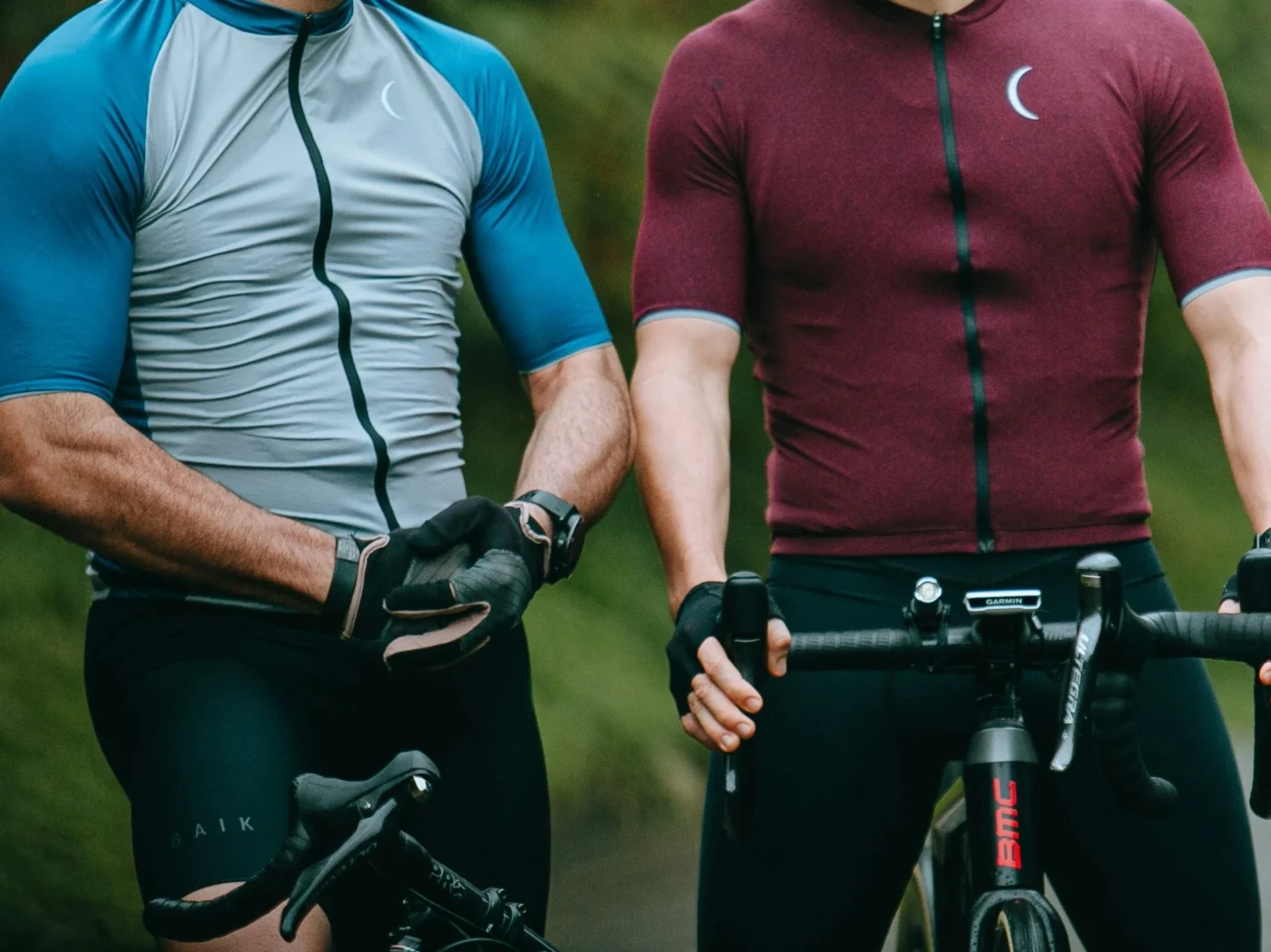
Conclusion
Coolmax fabric is known for its moisture-wicking and breathable qualities, making it ideal for activewear and sportswear. While it’s priced higher than regular fabrics, its durability, comfort, and performance make it a worthwhile investment for those who need high-performance gear. With the rise of sustainable practices, Coolmax fabric is becoming a more eco-friendly option, offering both advanced functionality and environmental responsibility.
FAQs
1. What is Coolmax fabric?
Coolmax fabric is a high-performance textile designed for moisture-wicking and breathability. It is used primarily in sportswear, activewear, and performance garments to keep the body dry during physical activities.
2. How does Coolmax fabric work?
Coolmax fabric uses multi-channel fibers that pull moisture away from the skin and allow it to evaporate quickly, keeping the wearer dry and comfortable during intense physical exertion.
3. Is Coolmax fabric suitable for outdoor activities?
Yes, Coolmax fabric is ideal for outdoor gear, hiking, cycling, and sportswear, as it provides moisture control and temperature regulation, making it perfect for high-exertion activities.
4. How does Coolmax compare to cotton?
Unlike cotton, which absorbs moisture and can leave you feeling damp, Coolmax fabric wicks moisture away from the skin, keeping you dry and comfortable during exercise or outdoor activities.
5. Is Coolmax fabric eco-friendly?
Coolmax fabric is made from synthetic fibers like polyester, but many manufacturers now use recycled polyester and eco-friendly production practices to reduce its environmental impact.
6. Can I wear Coolmax fabric every day?
Yes, Coolmax fabric is not only used in performance wear, but also in everyday clothing like underwear and socks, offering comfort and moisture management throughout the day.
7. How should I care for Coolmax fabric?
Coolmax fabric is easy to care for. It can typically be machine washed and should be air-dried. Avoid using fabric softeners, as they can reduce the fabric’s moisture-wicking performance.
8. Is Coolmax fabric expensive?
Coolmax fabric is more expensive than basic fabrics, but its durability and performance benefits make it a good investment, especially for activewear and outdoor gear.
9. How is Coolmax fabric different from Gore-Tex?
Coolmax fabric focuses on moisture-wicking and breathability, while Gore-Tex is primarily used for waterproofing. Coolmax is better for high-intensity activities, while Gore-Tex is more suited for waterproof outerwear.
10. Does Coolmax fabric shrink?
Coolmax fabric is designed to resist shrinkage, but it’s always a good idea to follow care instructions for the best results.

